Searching for the Elusive and Less-Colorful: The Sinaloa Martin
10,000 Birds
AUGUST 14, 2013
They packed up in June of 2013 and headed south from San Diego with the southern tip of South America as their destination. We hope that our journey will provide important information about many Neotropical bird species as well as inform conservation.” Very little is known about this enigmatic species.








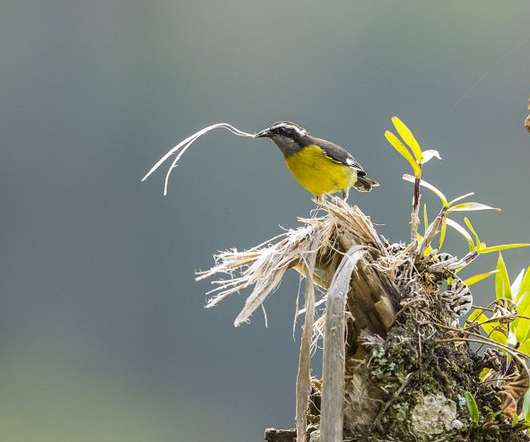

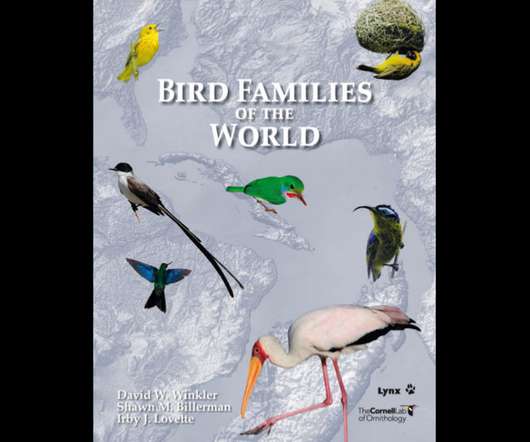



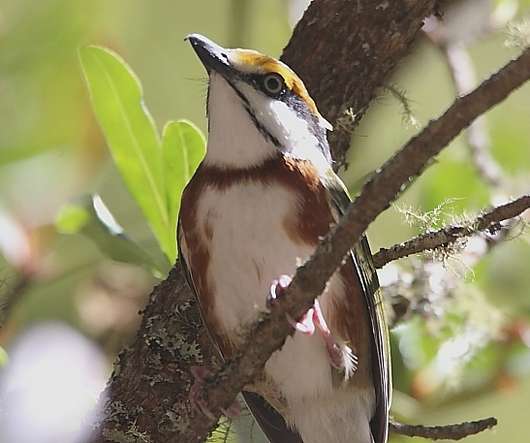






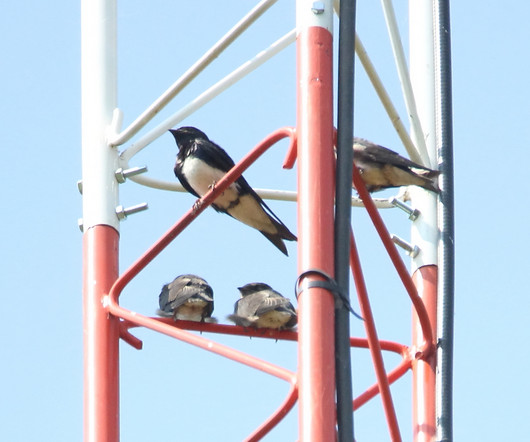
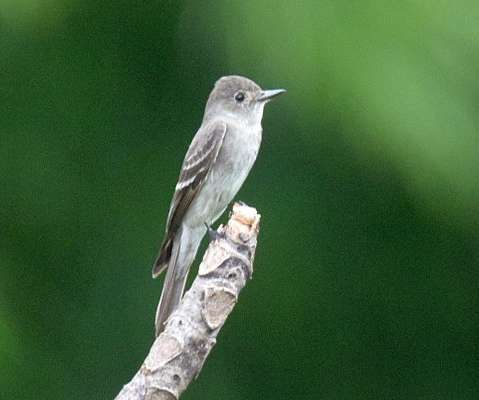
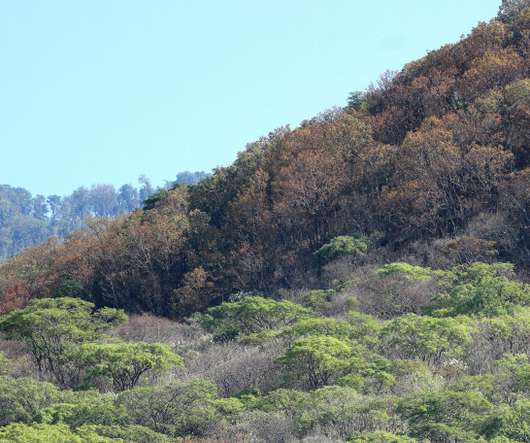
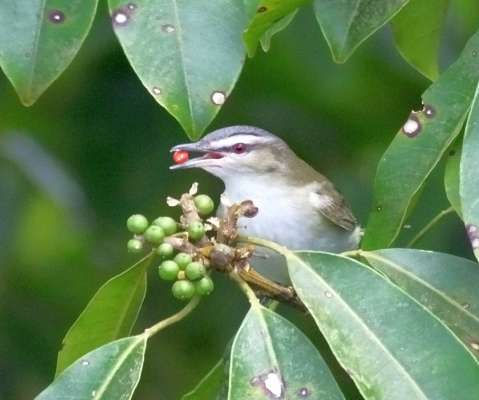
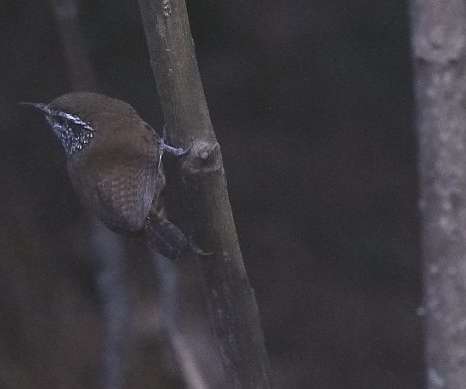



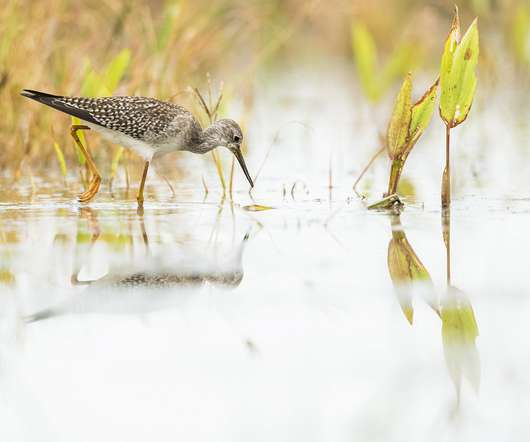

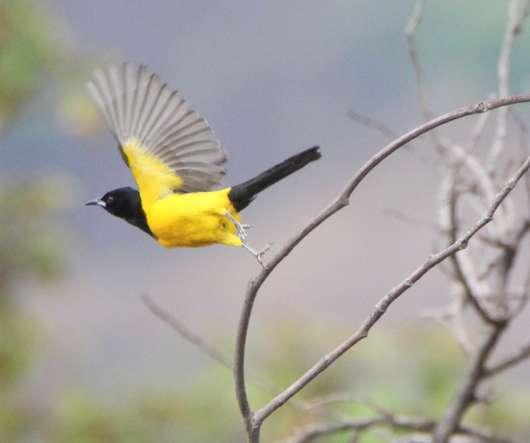


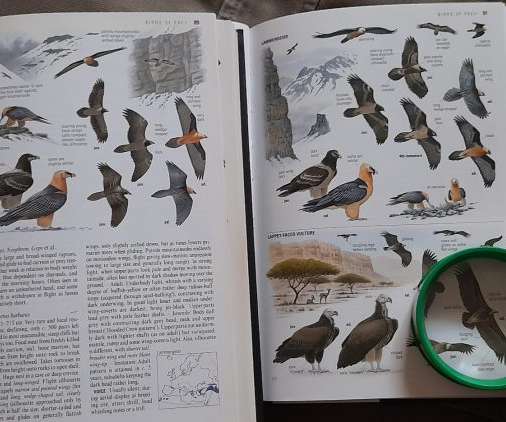
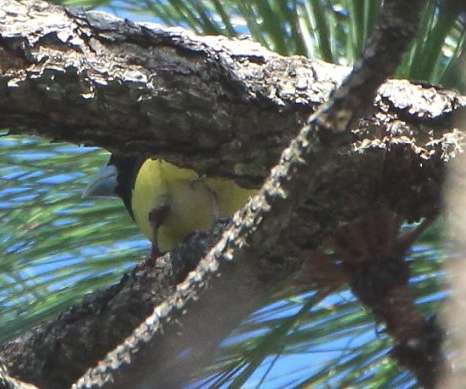








Let's personalize your content